How to support a long floating shelf? is a question that often arises when homeowners are planning to add sleek, modern storage or display solutions to their interiors. Long floating shelves offer a clean, minimalistic look, but their installation can present unique challenges, especially when you're dealing with an extra long floating shelf that needs to hold significant weight without sagging or pulling out of the wall. Whether you're planning a rustic wood display in your living room or a minimalist open shelf in your kitchen, understanding the proper support methods is crucial for both safety and style. In this guide, we’ll walk you through the most effective strategies to support a long floating shelf and help you avoid common pitfalls.
Understanding the Structural Demands of Long Floating Shelves
Load Capacity and Weight Distribution
When it comes to supporting a long floating shelf, weight distribution plays a critical role. A shelf that extends more than 48 inches must be designed to support not only its own weight but also the combined weight of the items it will hold. Unevenly distributed loads can cause bowing or lead to catastrophic failure over time. That's why understanding load-bearing limits and ensuring balance is a fundamental starting point.

Wall Type Considerations
The type of wall you're anchoring into can determine the method and strength of support needed. Drywall alone won’t cut it for long shelves; instead, it’s essential to locate and utilize wall studs. If you're installing onto brick, concrete, or tile, using appropriate masonry anchors will ensure a more stable setup. Skipping this step could mean a short shelf life, literally.

Hidden Brackets and Metal Supports
Long floating shelves rely heavily on concealed brackets for their seamless appearance. High-strength steel or aluminum brackets that are anchored deep into the wall can bear substantial weight without being visible. These brackets typically slide into hollow channels within the shelf, distributing weight along the entire back edge. It's these hidden supports that preserve the aesthetic while delivering real functionality.
Techniques for Safely Supporting an Extra Long Floating Shelf
Use of Multiple Wall Studs
When installing an extra long floating shelf, the golden rule is: the more studs, the better. Using just two studs might suffice for short shelves, but for shelves that extend 6 feet or longer, anchoring into three or more studs drastically increases support and stability. This provides a more even load distribution and minimizes stress on any one anchor point.

Reinforced Shelf Construction
The shelf itself needs to be up to the task. Hollow-core shelves may be lighter, but they lack the structural integrity for long spans. Solid wood or engineered hardwood is a better option, particularly when combined with internal reinforcement such as steel rods or integrated spine brackets. These reinforcements can be hidden within the shelf’s core and provide support that matches the shelf’s entire length.
Specialized Floating Shelf Bracket Systems
Several companies now offer specialized hardware kits designed specifically for long shelves. These systems often include long, tubular brackets that anchor deep into the wall and extend the full length of the shelf. Some even come with leveling mechanisms and adjustable mounting plates to ensure a perfectly horizontal installation, vital for both aesthetics and performance.
Addressing Common Issues and Concerns
What are the disadvantages of floating shelves?
It’s important to acknowledge potential drawbacks. One common concern people have is, What are the disadvantages of floating shelves? First, they have limited weight capacity compared to traditional bracketed shelving. Secondly, the installation process is more complex and less forgiving, errors can lead to structural failure. Lastly, floating shelves demand a flawless wall surface to avoid drawing attention to imperfections, and may require more maintenance due to their exposed design.

Preventing Sag and Pull-Out Over Time
Even when initially installed correctly, floating shelves, especially long ones, can begin to sag over time due to gravity and material fatigue. To avoid this, it’s essential to check your installation annually. Reinforcing the shelf from underneath using decorative metal supports can help restore integrity if sagging starts to occur, though it will affect the “floating” appearance.
Are floating shelves outdated?
The design world evolves quickly, leading many homeowners to ask, Are floating shelves outdated? The answer depends on execution. Poorly installed or cheaply made floating shelves can indeed look passé, but high-quality, thoughtfully designed shelves continue to be a staple of modern and transitional interiors. They offer a clean and functional solution that blends well with minimalist aesthetics and open concept spaces.
Why Choose SpryInterior for Your Floating Shelf Needs?
Premium Craftsmanship for Long Shelving Solutions
SpryInterior understands the structural and aesthetic demands of long floating shelves. Our products are not mass-manufactured but thoughtfully crafted by artisans who pay attention to grain patterns, joinery strength, and finish durability. This level of care ensures that your shelf not only looks good but also stands the test of time.

Custom Bracket Systems and Install Support
What sets SpryInterior apart is our custom engineering approach. We provide proprietary bracket systems specifically designed to handle longer spans and heavier loads. Our support team is available to guide you through the installation process, offering advice on bracket placement, stud mapping, and even wall type-specific installation techniques.
Design-Forward Options to Fit Any Room
Beyond functionality, SpryInterior shelves are available in a variety of finishes, edge profiles, and dimensions. Whether you’re going for a warm, rustic vibe with natural oak or a sleek, modern look with matte black walnut, we’ve got a solution tailored for your space. Our long floating shelves don’t just hold objects, they enhance the character of the room.
Conclusion
Supporting a long floating shelf is more than just a DIY project, it’s a structural and design challenge that, when done right, results in a clean, modern, and highly functional focal point in your home. Whether you’re working with drywall, masonry, or tile, understanding how to use hidden brackets, wall studs, and reinforced materials will ensure your shelf stands the test of time. And while there are certainly challenges, limited weight capacity, complex installation, and concerns about sagging, the end result is worth it when done correctly.


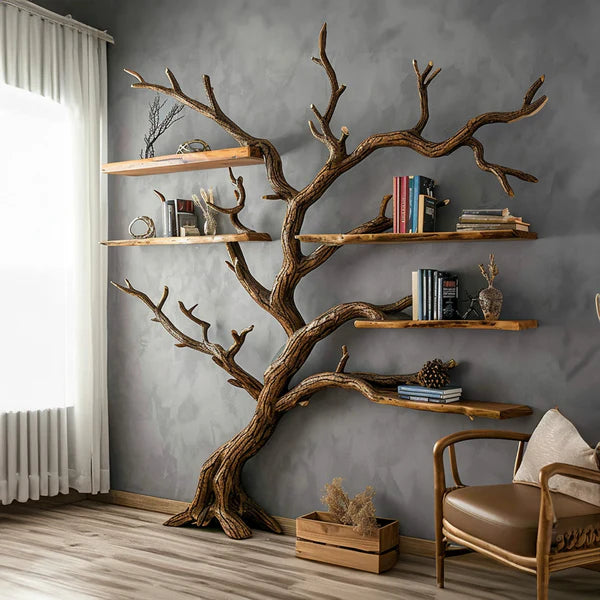
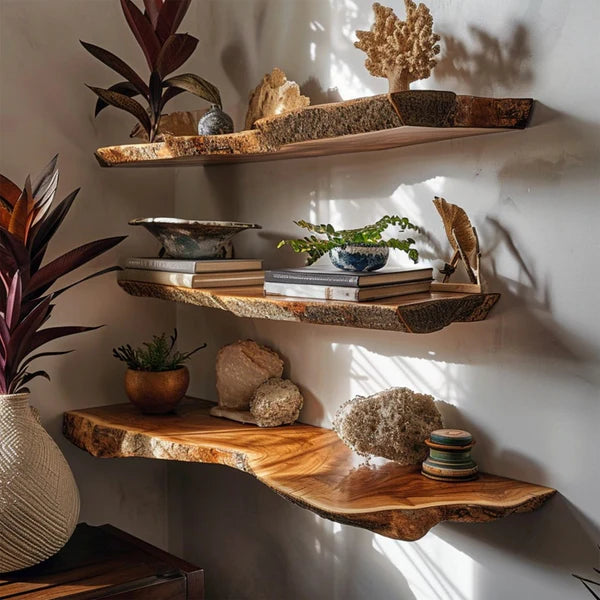
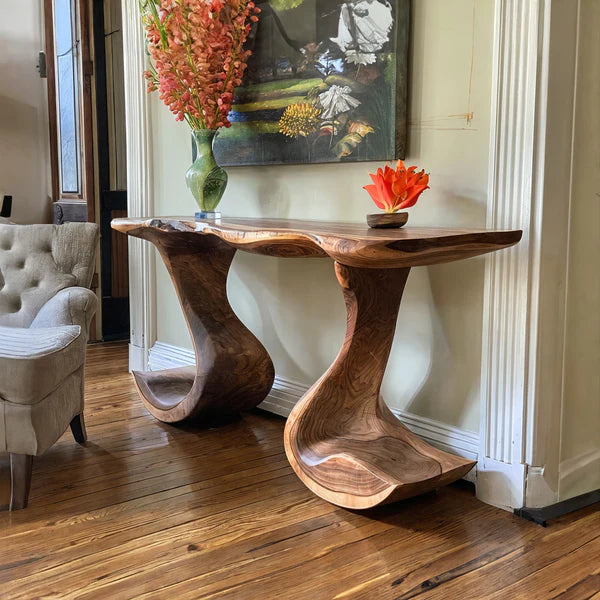

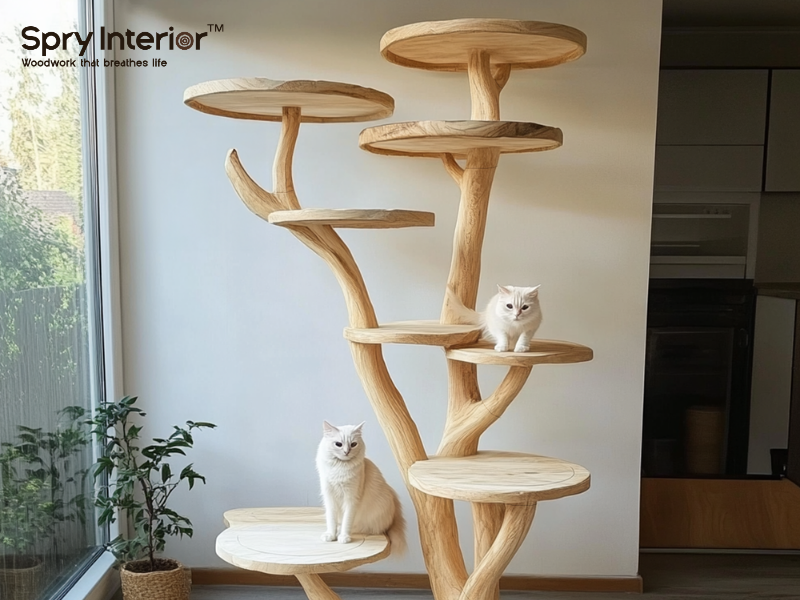
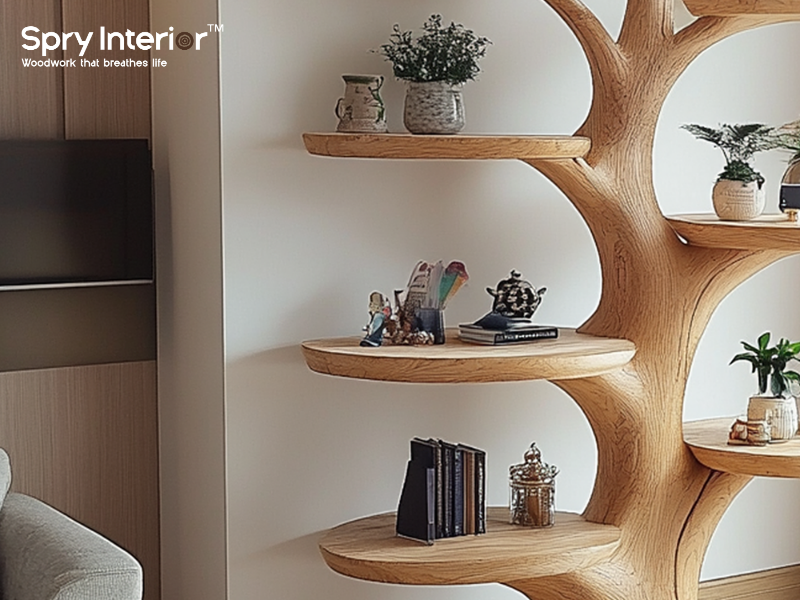
Leave a comment
This site is protected by hCaptcha and the hCaptcha Privacy Policy and Terms of Service apply.